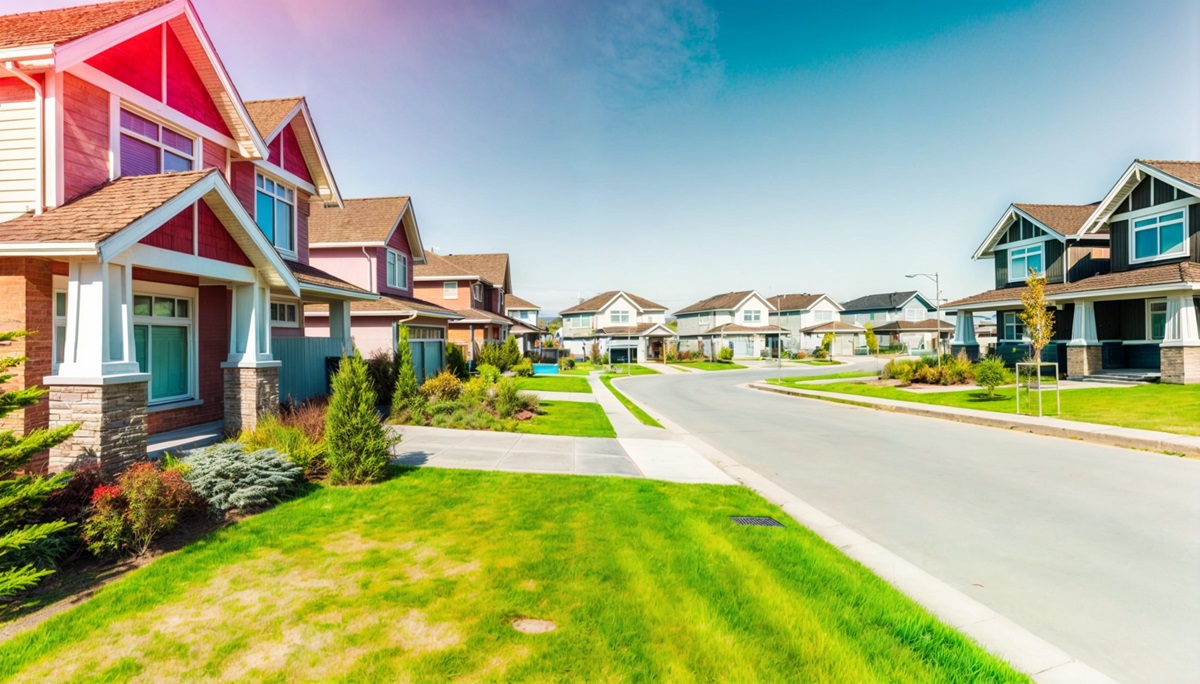A Massive Wave Of Foreclosures Does Not Appear To Be Coming
Foreclosure Numbers Not Near 2008 Crash
Even though inflation is starting to cool, most people still experience it as high prices for essentials like gasoline and groceries. This has been fueling worries over the possibility of more mortgage-payment troubles and increased foreclosures. But are these real concerns? In today's LUXE BLOG, we'll check out the data to better reflect what's really happening today. If you enjoy this content, feel free to keep checking back for future blogs.
Less Homeowners Falling Behind
One of the key factors that made a huge contribution to the foreclosure spike during the 2008 crash was loose lending standards. For example, it used to be pretty easy in the past to obtain a mortgage without even proving that you were capable of repaying. A lot less consideration was given to credit scores, income verification, employment status, and debt-to-income ratios by lenders.
Lending today is more strict because:
- Comprehensive Applicant Assessments
- More demanding requirements
- Lower default risk
Also Read: Housing Market Sees Renewed Interest As Mortgage Rates Drop

Nowadays, Lending Standards Are Much Stricter
The lenders will scrutinize the financial soundness of the borrower while this increases the better buyers, and the chances of default are minimum.
Data from Freddie Mac and Fannie Mae show a steady decline in homeowners' delinquencies, the trend indicating higher quality in the qualifications of borrowers and better financial management.
- Delinquencies decrease on the premise
- More stable borrowers
- Utilizing equity for payback
- Payback options
No Tsunami Of Foreclosures In Site
There would likely have to be a significant increase in foreclosures for it to seriously shift how many homeowners are current on their mortgages and possess substantial home equity.
- High Compliance Payment
- Substantial home equity
- Foreclosure tsunami is not coming
Current housing market dynamics are not very supportive of a surge in foreclosures. Generally, homeowners have a good financial standing, which makes a widespread default situation unlikely. Recent headlines love to play up the increase in foreclosures by making today's number as high as the historical lows on the moratorium and forbearance during 2020-2021.
- Impact of pandemic relief measures
- Expected increase post-moratorium
- Misleading media comparisons
Also Read: Greater Phoenix Housing Market Update And Stats – July 2024

Foreclose Filing Data 2005-2023
- 2005: 533K
- 2006: 718K
- 2007: 1.3M
- 2008: 2.3M
- 2009: 2.8M
- 2010: 2.9M
- 2011: 1.9M
- 2012: 1.8M
- 2013: 1.4M
- 2014: 1.1M
- 2015: 1.1M
- 2016: 933K
- 2017: 677K
- 2018: 624K
- 2019: 493K
- 2020: 214K
- 2021: 151K
- 2022: 324K
- 2023: 357K
Foreclosure filings topped 2.3 million annually at the peak of the 2008 crisis. It is around 357,000 in 2023—apples and oranges. It went down because homeowners have more equity, helping them to be able to sidestep foreclosure. Today, foreclosure activity is a far cry from the crash days. Most homeowners have enough equity in their property to avoid foreclosure, which is beneficial both for them and the market.
Also Read: The Ongoing Seller’s Market: Rising Prices & Waning Affordability

To Wrap Things Up
There is no evidence that suggests the fear of a looming foreclosure crisis. Current buyers are much more qualified and fewer are becoming seriously delinquent on their mortgages. For instance, with the expiration of the federal foreclosure moratorium, there might be an increase in the number of homeowners falling into foreclosure, but this is nowhere close to a foreclosure crisis. The real estate market is still sane, and any bruises coming will be by far smaller than the housing crash 2.0. With all of that said, nobody has a crystal ball. We will just have to wait and see what the market looks like a year or two from now. Thank you for reading.


















